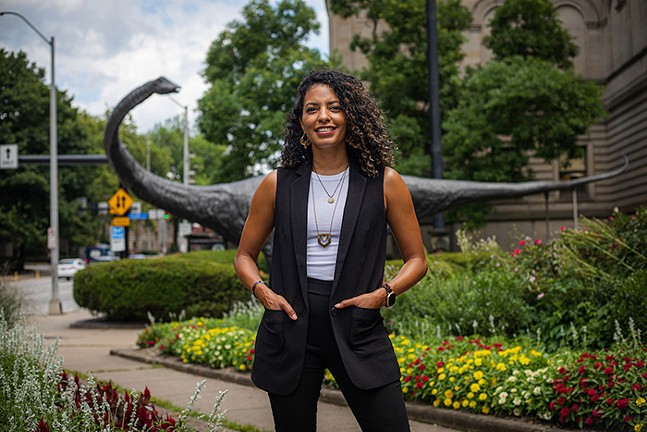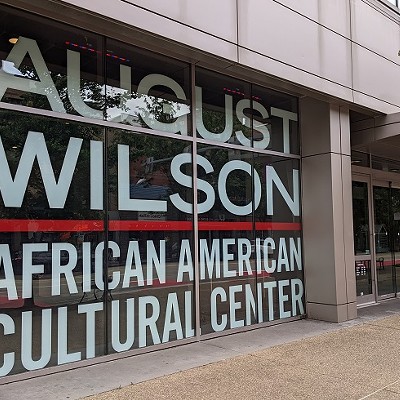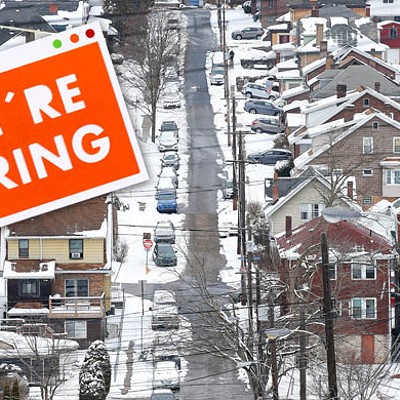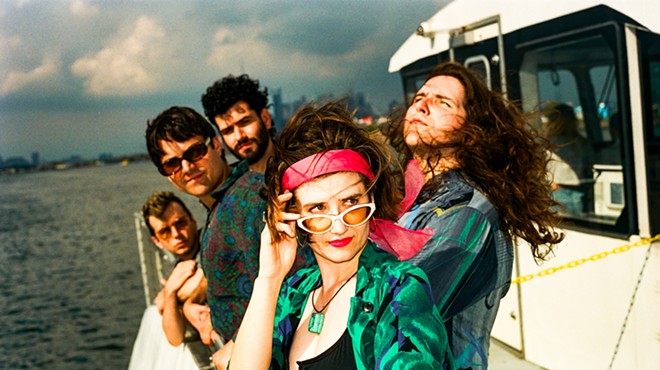Taking a field trip to one of the Carnegie Museums of Pittsburgh can be a great educational source for public school students. Just ask Gina Winstead.
“I was just about eight or nine and I remember being so excited about being able to go to the Carnegie Science Center for my birthday the first year that it was opened,” says Winstead, Carnegie Museum’s new vice president of inclusion, diversity, equity, and accessibility. “My whole family and I went, so I've really just appreciated the access that the museums created to start to help me to flourish in the areas of science and innovation.”
Winstead says her goal in her new role is to make sure that visitors to the four Carnegie Museums — Carnegie Museum of Art, Carnegie Museum of Natural History, Carnegie Science Center, and The Andy Warhol Museum — are able to have the same positive experience she had, regardless of their background.
Winstead, who grew up in McKeesport and received a psychology degree from the University of Pittsburgh in 2005, says she left Pittsburgh for some time to live in North Dakota but came back to try and make some change in the region.
Before starting her role with the museums, she worked for Vibrant Pittsburgh, a local nonprofit that works to attract and keep diverse talent in Pittsburgh. Before that, she says she created the role of director of diversity and inclusion at the Pittsburgh Technology Council.
“Whenever I was meeting with different companies, they would always ask me if I could help them find someone like myself to hire. I knew what they were really saying is that they wanted diverse talent, not necessarily me as I am,” she says. “They were asking how can they find another Gina and another diverse person who is going to bring new ideas and innovation to their team.”
Her new position continues her diversity and inclusion work, making sure that the museums are working on creating a staff that is inclusive of many different identities. But, she says, this also means making sure this philosophy extends to the museum's community outreach.
Winstead says she wants to make sure all of the museums have a shared language and a shared goal. That means if one of the museums implements a new diversity, equity, inclusion, and accessibility measure, then each of its sister museums must implement that measure as well.
“We know that the Pittsburgh region is really struggling with attracting and keeping Black talent, especially that retention piece,” she says. “If the museums can start implementing more diversity and inclusion measures, they will spill out into the community.”
Winstead says that having a diverse population of museum-goers is important as well, and she believes each museum has to work to make sure they are all accessible and welcoming to those from different backgrounds and with different abilities. This includes physical accessibility as well as financial accessibility, an area the museums have targeted through an EBT card owner discount, which allows a visitor with a card to bring up to three other guests for $3 each.
For Winstead, as a nonbinary member of the LGBTQ community, as well as a multiracial person, it is important that the museums are accessible to all identities.
In addition to her work with the museums, Winstead serves as a board member at a number of multiple Pittsburgh organizations, including the Pittsburgh Downtown Partnership and the Western Pennsylvania Conservancy. She describes herself as a “great outdoorsman” and often goes on trips to fish, hike, and, in general, go off the beaten path. She expresses a passion for community building that is inherent in the work she does.
“I think the more you engage with your community, the more your professional career can flourish,” she says. “Pittsburgh still thrives on nepotism so I’m kind of trying to create my own pipeline by being connected to different types of business owners, like women and small business owners, to help each other grow.”
Carnegie Museums of Pittsburgh. carnegiemuseums.org

















